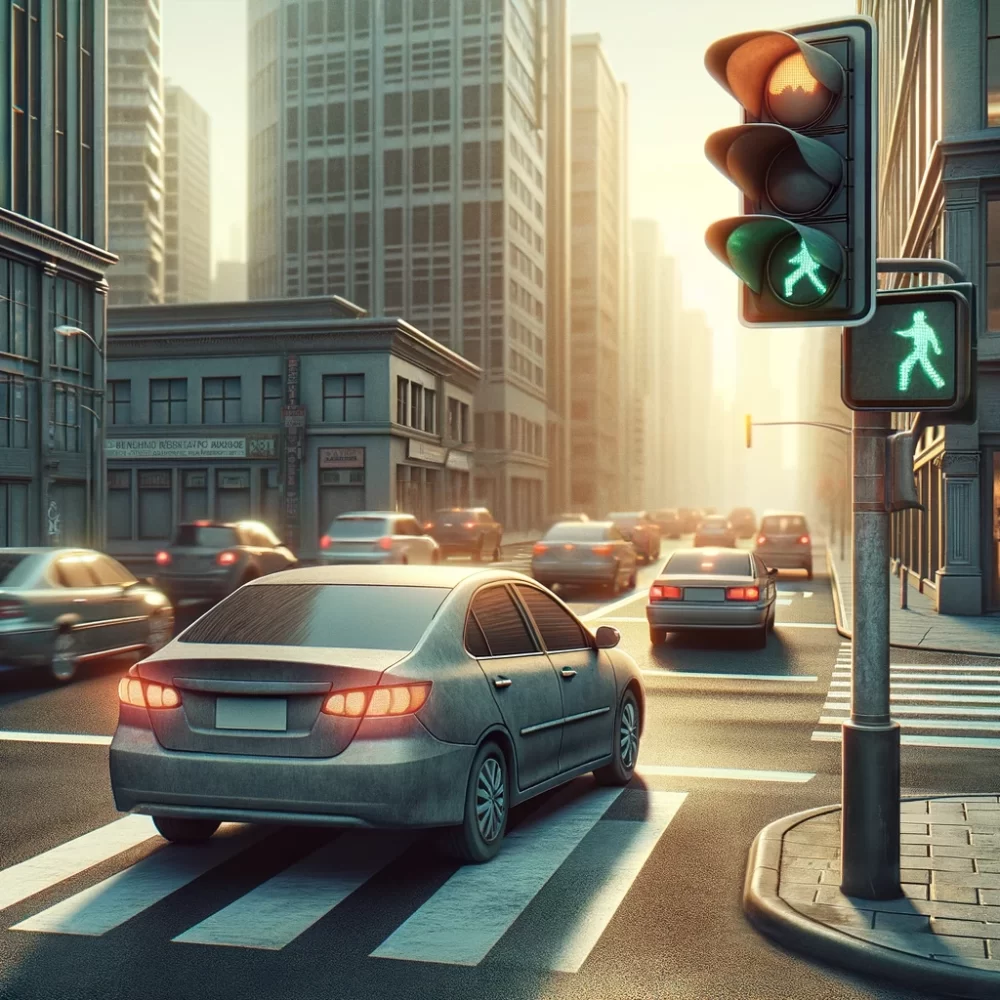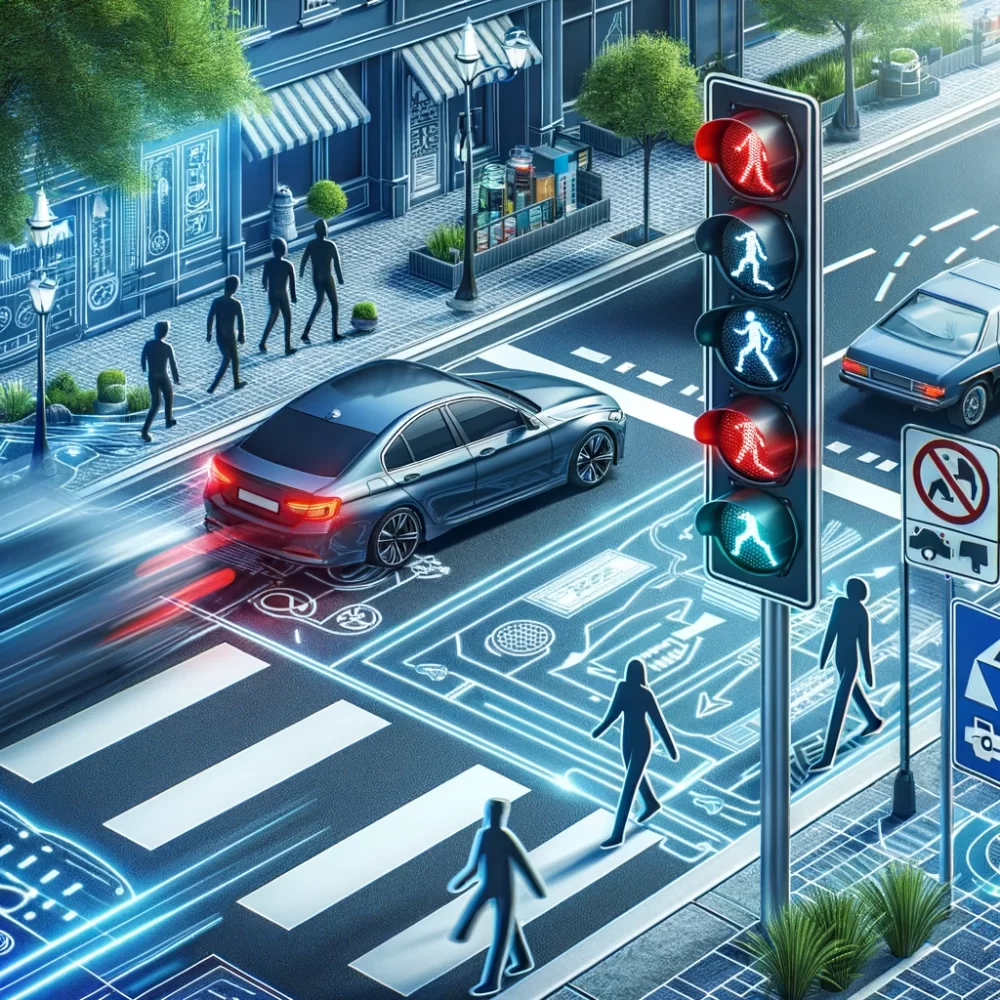When it comes to driving, safety is paramount. However, many drivers unknowingly engage in habits that they believe are safe but can actually increase the risk of accidents. Below are 10 such driving habits, revealing why they are more dangerous than you might think. Understanding and avoiding these can significantly enhance road safety.
1. Using Hands-Free Devices

While using hands-free devices is often touted as a safer alternative to holding a phone, it can still be a significant distraction. The conversation itself diverts attention from the road, increasing the likelihood of an accident.
Studies have shown that even hands-free talking can reduce concentration and reaction times. It’s crucial to minimize phone use, hands-free or otherwise, to stay fully alert while driving.
2. Over-Reliance on Advanced Safety Features

Modern cars come equipped with advanced safety features like lane-keeping assist and adaptive cruise control. However, over-reliance on these technologies can lead to complacency, reducing a driver’s attentiveness.
It’s important to remember that these systems are designed to assist, not replace, the driver. Maintaining active control and awareness is vital, even with the latest safety technology at your disposal.
3. Driving at the Speed Limit in Bad Weather

While adhering to speed limits is generally a good practice, doing so in adverse weather conditions can be dangerous. Rain, snow, and ice dramatically affect a vehicle’s braking and handling capabilities.
In such conditions, reducing speed significantly below the posted limit is often safer. This adjustment allows more time to react to sudden hazards and maintain control of the vehicle.
4. Keeping Hands at 10 and 2

The old rule of keeping hands at the 10 and 2 positions on the steering wheel is outdated. With modern steering wheel designs and airbags, this position can actually increase the risk of injury in a crash.
The safer hand positions are now 9 and 3 or even 8 and 4. These lower positions reduce the risk of arm injuries from airbag deployment and offer better control of the vehicle.
5. Flashing Headlights to Give Right of Way

Flashing headlights to signal another driver to go ahead seems courteous, but it can lead to confusion and accidents. Such signals are not universally understood and can be misinterpreted.
It’s safer to adhere to established right-of-way rules and use recognized signals. This practice ensures that all drivers have a clear understanding of intentions and actions.
6. Relying Solely on Mirrors for Lane Changes

While mirrors are vital for checking surrounding traffic, relying solely on them for lane changes is risky due to blind spots. Every vehicle has areas that the mirrors can’t cover.
It’s essential to perform a quick over-the-shoulder glance to check for vehicles in your blind spot before changing lanes. This simple action can prevent many side-swipe collisions.
7. Slow Driving in the Left Lane

While slow driving is often seen as cautious, doing so in the left lane can cause unexpected traffic issues and road rage. The left lane is generally meant for overtaking or faster-moving traffic.
Staying in the right lane unless overtaking can keep traffic flowing smoothly and reduce the risk of accidents caused by frustrated drivers attempting risky maneuvers.
8. Heavy Reliance on Cruise Control

Cruise control is a great feature for maintaining a consistent speed, but overusing it, especially in heavy traffic or varied terrain, can be hazardous. It can lead to decreased driver engagement and reaction times.
It’s important to manually control your vehicle’s speed in situations that require more attentive driving, such as in congested areas or on winding roads.
9. Following Traffic Laws Blindly

While adherence to traffic laws is crucial, there are situations where strict compliance without considering the context can be unsafe. For example, proceeding at a green light without checking for oncoming traffic can lead to accidents.
Situational awareness and using judgment, even when following traffic laws, is essential for safe driving.
10. Ignoring Fatigue

Many drivers underestimate the dangers of driving while tired, considering it less risky than drunk driving. However, fatigue can significantly impair judgment and reaction times.
Recognizing the signs of fatigue and taking breaks or postponing your drive is critical. Safety should always be the top priority, and that includes being well-rested and alert.
Safety On The Road

Being aware of these often-overlooked risky habits and making conscious efforts to avoid them can greatly enhance your safety on the road. It’s not just about following the rules but also about adapting to situations and maintaining a high level of awareness and control.
What driving habit will you change or pay more attention to for safer journeys? Share your thoughts and stay safe on the roads!
Tamila McDonald is a U.S. Army veteran with 20 years of service, including five years as a military financial advisor. After retiring from the Army, she spent eight years as an AFCPE-certified personal financial advisor for wounded warriors and their families. Now she writes about personal finance and benefits programs for numerous financial websites.

Comments